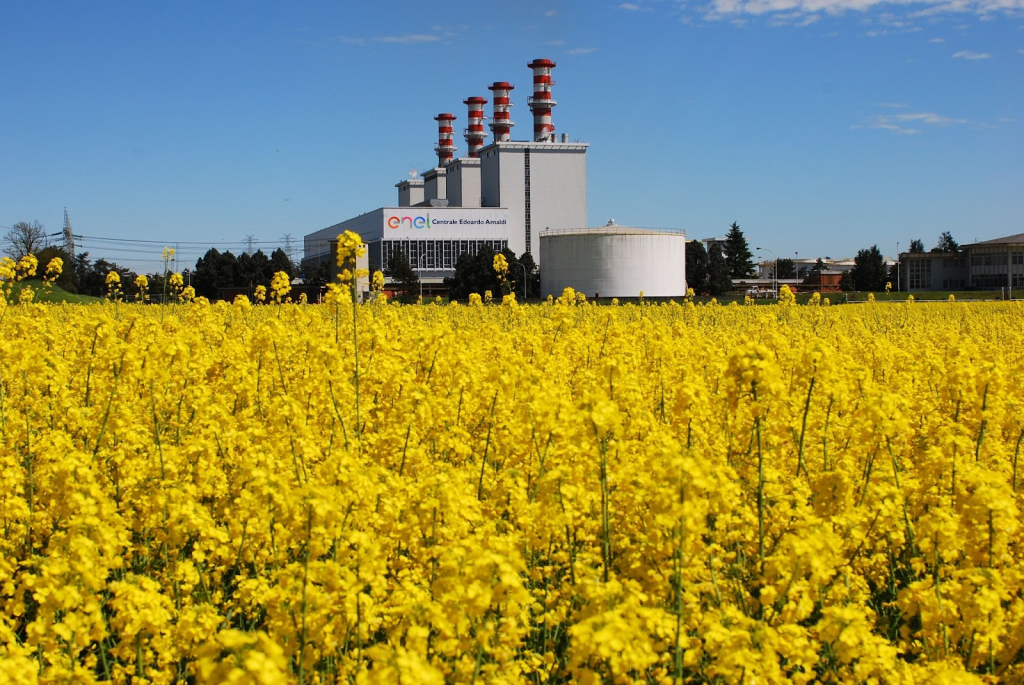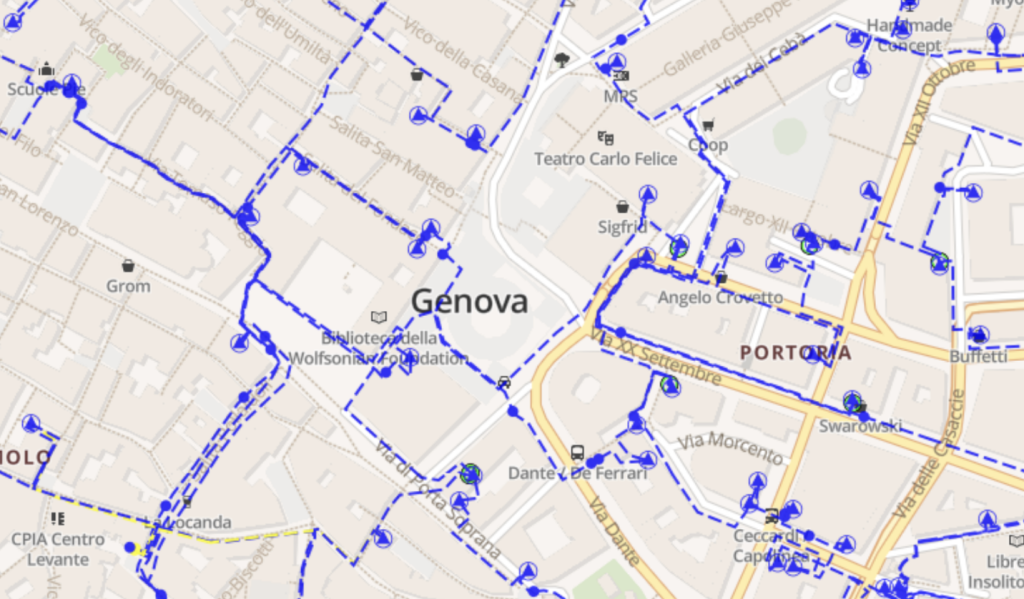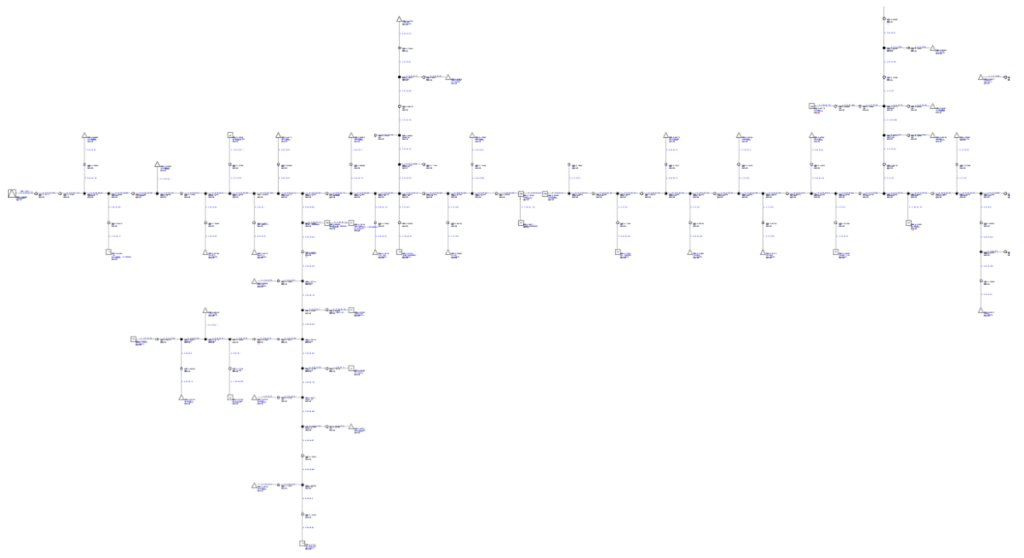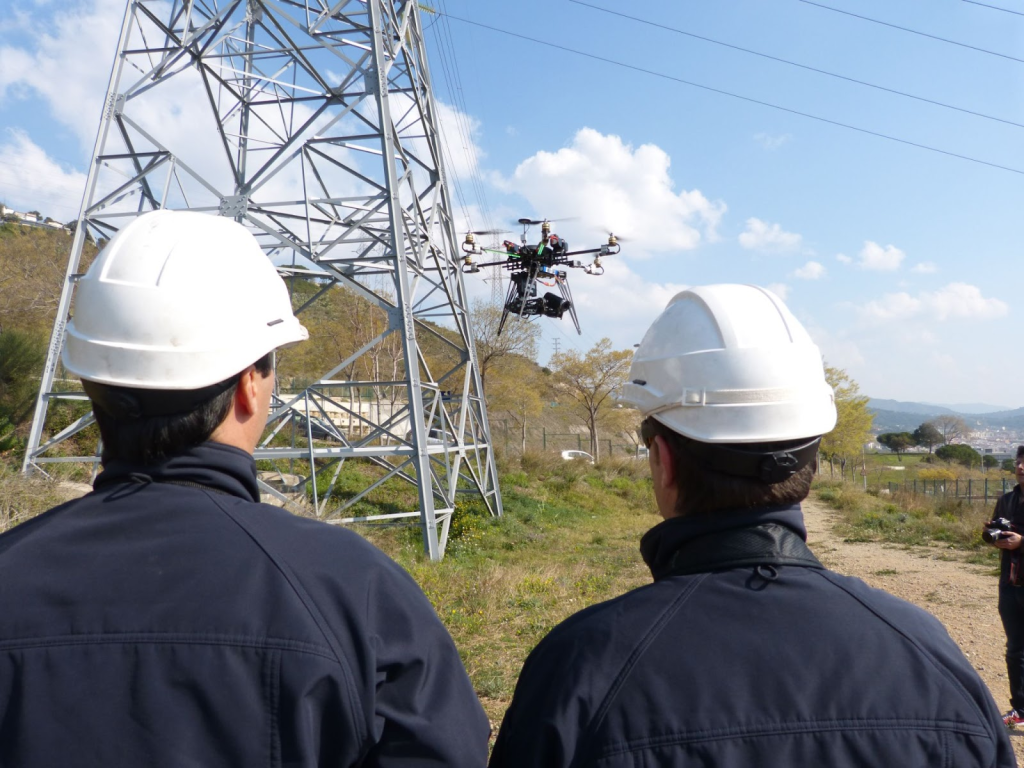Enel Rebuilt Its Grid as a Digital Twin — Now It Sees, Plans, and Acts in Real Time with Neo4j
Enel delivers real-time grid intelligence across 9 countries, automating 80% of customer quotes that once required manual processing
80%
customer requests automated instantly (up from 10%)
100x
faster query performance
600M+
nodes managed in Neo4j digital twin

Above: La Casella thermoelectric plant in Castel San Giovanni (Piacenza, Italy).
Enel powers everyday life for 75 million people across nine countries. As one of the world’s pioneering renewable energy companies, Enel has been recognized on Fortune’s Change The World list for multiple years and aims to achieve zero emissions by 2040 – a decade ahead of global targets. This ambitious goal demands operational excellence at every level, from wind farms in Spain to solar installations throughout South America.
“The electricity network is essentially a graph,” explains Leonisio Schepis, Solution Architect for Enel’s topology team, and the group responsible for mapping how electricity flows through the entire grid.
When a customer installs solar panels and requests a connection quote, Enel must determine how their home or building fits into the existing yet highly complex electric infrastructure.
Imagine tracing electricity’s path from a solar panel on a Rome rooftop to the nearest substation. The route might traverse 15 different connection points, through cables installed across 50 years of different standards, connecting equipment from dozens of manufacturers. Now multiply that complexity by 70 million customers.
Providing customers with the most accurate and efficient connection quote — and doing so automatically — means that Enel must instantly calculate not just the distance, but compatibility, capacity, and cost across this vast web. That kind of multi-hop query became slow and error-prone in Enel’s relational database as the depth increased.
“Quoting used to rely on overnight batch jobs and approximations in our relational database management system (RDBMS),” said Schepis. “To handle thousands of these requests, you need a lot of people.”
With expansion plans across Europe and South America, Enel needed a solution that could scale globally while delivering locally.
Finding the Right Fit: Why Enel Chose Neo4j
Enel’s team conducted an exhaustive evaluation, testing Neo4j against other graph databases and SQL alternatives across 21 different network scenarios. They created test databases ranging from single-country networks to simulations five times larger than the current infrastructure.

Above: A spatial visualization of Enel‘s early implementation tests with Neo4j
The results were dramatic. With Neo4j, Enel could traverse the network graph directly, moving from one connected element to the next with high performance and accuracy. Neo4j delivered 100x faster query performance for complex network traversals, with sub-100 microsecond response times for critical operations.
Neo4j’s Cypher query language also proved user-friendly for Enel’s developers. “When I first saw a Cypher query, I found it really intuitive,” says Schepis. “Even without knowing the syntax, you can understand what’s happening. You know when something doesn’t ring true.”
Starting small with isolated island networks — perfect test cases due to their physical separation from the larger grid — Enel gradually migrated its entire electricity infrastructure to Neo4j. The phased approach allowed them to validate performance before expanding to regional and national networks.
Today, Enel’s graph database manages a large digital twin:
- 600 million nodes and 800 million relationships
- 1 TB of data across 10 country-specific databases
- 500,000 queries daily with consistent performance
- Three-node AWS clusters supporting global operations

Above: A simplified graph model of Enel‘s electric network, showing how assets like transformers, substations, and lines are connected. Unlike traditional databases that store assets in separate tables, Neo4j directly represents the physical connections between transformers, substations, and power lines—enabling instant pathfinding that would require complex multi-table joins in SQL.
Measurable Results: Speed, Scale, and Societal Impact
Switching to graph brought clear, quantifiable benefits to how Enel runs its grid.
Customer Experience
- 80% automation rate for customer quotations (up from 10%)
- Instant quotes replacing days-long manual processes
- Real-time error detection improving service quality
Operational Excellence
- 100x faster query performance for network analysis
- Real-time processing replacing overnight batch jobs
- Eliminated data redundancy improving consistency
“Graph creates a better experience for the customer,” Schepis emphasizes. “It saves the company time and money. It reduces errors. And it scales.”
In Italy alone, the shift from 10% to 80% automated quotations represents millions of euros in cost savings and dramatically improved customer satisfaction. Enel is now rolling out the service to Spain and other markets.
Neo4j’s impact extends beyond Enel’s bottom line. By automating 80% of connection quotes and eliminating processing delays, Enel can connect renewable energy producers faster — whether homeowners with rooftop solar or large wind farms. This efficiency translates directly to cleaner energy reaching communities sooner, reduced emissions, and more affordable electricity at scale. Every efficiency gain brings Enel’s 2040 zero-emissions target closer, with benefits rippling out to public health, climate resilience, and sustainable economic growth across nine countries.
Enel’s graph-powered infrastructure has become the foundation for its broader digital transformation. Multiple teams across the organization now tap into the Neo4j platform for different use cases:
- Data science teams use it for predictive maintenance models
- Operations teams rely on it for real-time network monitoring
- Innovation teams build new customer services on the platform
- Planning teams model future grid expansions and renewable integration

Above: A drone inspects the network infrastructure for Endesa, an Enel subsidiary in Spain
“We are in the middle of everything,” says Schepis. “All projects need electricity data.”
As Enel continues expanding—with plans to reach 154 GW of renewable capacity by 2030, according to Bloomberg, Neo4j provides the scalable foundation the business needs. The company is exploring Neo4j’s cloud solution AuraDB for even greater flexibility in scaling across regions and handling seasonal demand variations, and considering how generative AI could help document the complex patterns in its vast network.
“When you can trace every line, every station, every connection — you gain control,” says Schepis. “You can plan better, move faster, and serve customers more effectively. That’s what graph unlocks.”
